How to Hammer Quietly (Expert Tips)
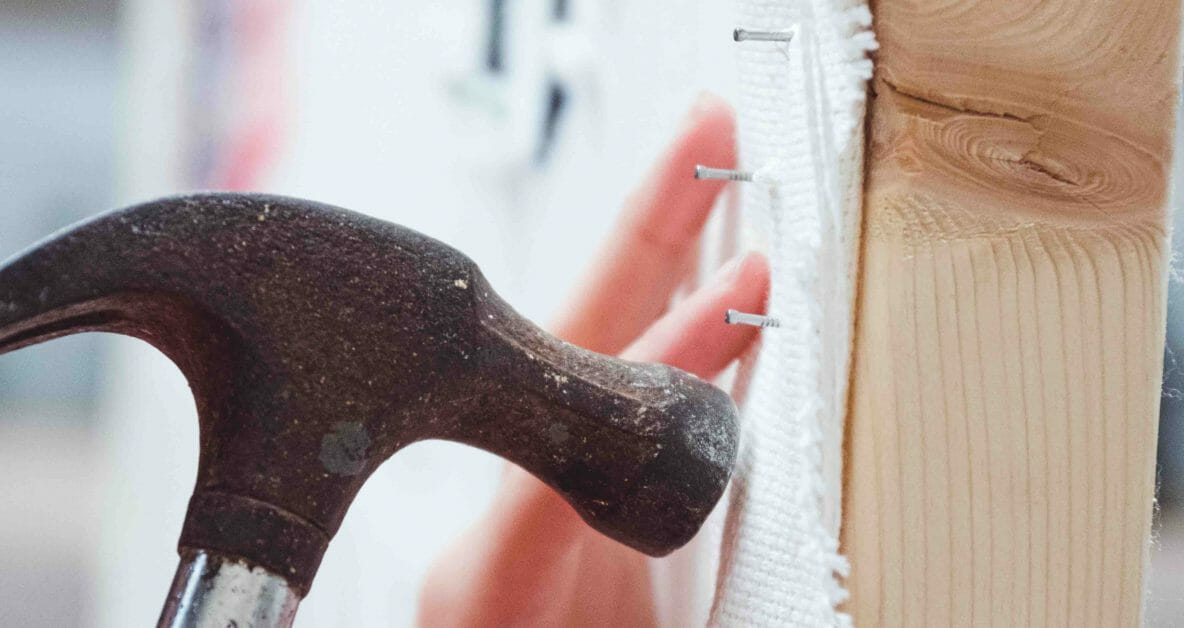
If you’re looking to hammer something without waking up the whole house or your neighbors, below ill, teach you my tips to hammer quietly.
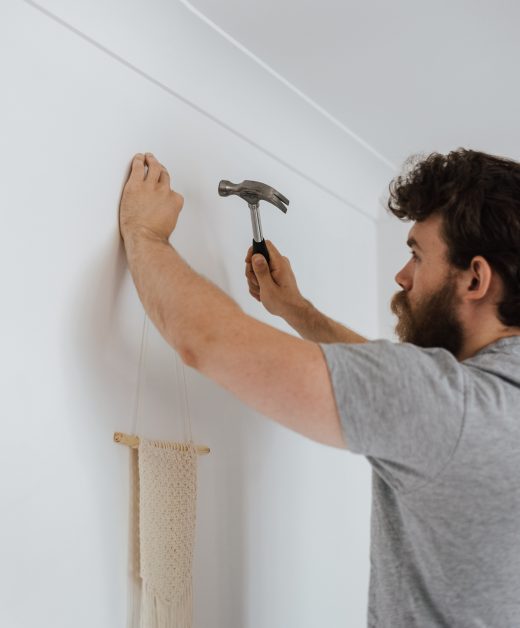
Hammering can be very noisy; the noise can be around 120-125 decibels just one meter away, creating sound waves that can travel up to 100 feet. Constant exposure to this noise can damage the ears or disturb neighbors, which is why you need to know how to reduce that noise.
Below, I have grouped the tips for hammering quietly into temporary and permanent solutions.
A Roundup of Methods for Hammering Quietly
The table below summarizes the methods described above for hammering quietly.
Identify the situation that closely matches yours and see what method is most appropriate for it. Remember that you can often combine multiple methods. They will work together to reduce the unwanted noise from hammering. (Note we cover each of these in detail in the article below)
| Situation/Hammering | Method/Use |
| Regular hammering | Consider a suitable time and place, use a floor mat, or apply a permanent solution. |
| Hammering into a soft material | Nudging or gentle tapping, or a mallet |
| Objects other than nails or a few nails with large heads | A mallet (instead of a normal hammer) |
| Occasional hammering or striking several nails together | Vibration dampening material, such as a rubber block or thick cloth |
| The floor is transmitting most of the noise | A floor mat |
| You have time and need a stronger hold | Drilling and screwing |
| Constant hammering (like all day) | Relocate or apply to soundproof |
| A lot of hammering in your own home | Apply to soundproof and optionally one or more of the other methods |
Detailed Breakdown of Methods for Hammering Quietly
These methods for hammering quietly are easy because they require nothing but common sense, a little consideration, or a softer alternative tool.
Method 1 – Softer Tapping
A simple way of hammering quietly is to tap softer or apply less pressure.
Sometimes, a nudge or a few gentle taps are enough, and you don’t need to strike with much force. Less force applied means less noise produced! This may seem obvious, but it will only work if the nail goes in easily, as when hammering into freshly cut softwood or something less dense.
Method 2 – Use a Soft Hammer
Some hammers are specially made for delivering softer strikes and are safer for surfaces too!
These are non-hard metal hammers, such as mallets with rubber or other softer ends, including softer metals or tack hammers. Hard objects, such as strong wooden blocks, can also be used.
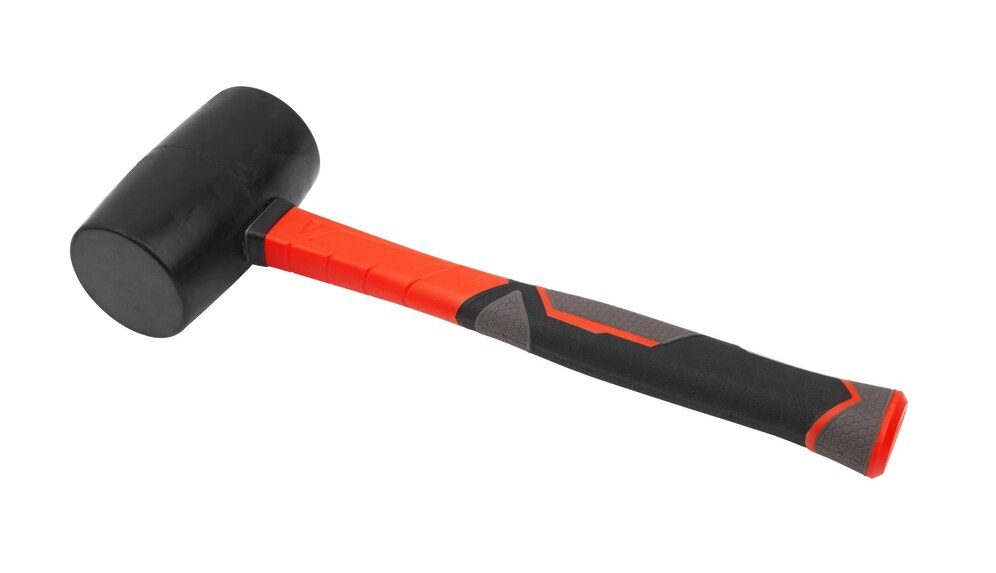
Regardless, soft hammers can only be used on nails with large heads.
Rubber mallets are best used for hammering objects other than nails that don’t require applying a lot of force. If you have nails with small or no heads (headless nails), a rubber mallet can shatter them, which might not be useful for regularly hammering lots of nails.
Method 3 – Consider a Suitable Time and Place
One thing to consider is to hammer only during certain times, in certain places, or in certain situations.
Usually, this means NOT hammering lots of nails when people are asleep, around those who hate loud noise, in places that create loud echoes, and only working during the daytime.
If you need to hammer into a wall or floor, or work on an object near them, be aware that the vibrations can travel far very easily.
Otherwise, avoid doing it in room corners and small rooms, and position the object you’re working on closer to the center of a large room. If this creates an echo, know that outdoor places are usually better than hammering inside the home.
Other Methods for Hammering Quietly
Although we can soften our strikes by using a softer hammer, applying less force, or dampening every strike with a soft material, this is not always ideal.
The force might not be enough; even if it is, it would take longer to hammer in a nail. Here are some techniques you can apply for hammering metal nails quietly using a normal hammer with a metal end for striking and hammering into the wood, wall, or other hard material.
Method 4 – Use a Vibration Dampening Material
Rubber is an ideal material for dampening high-impact vibrations.
Its dense, thick, and elastic properties can absorb the shock waves, thereby reducing noise.
The technique is to place a small rubber block between the nail and hammer to prevent bounce back. A rubber bench block is specially made for this purpose and is especially useful when you need to strike several nails together.
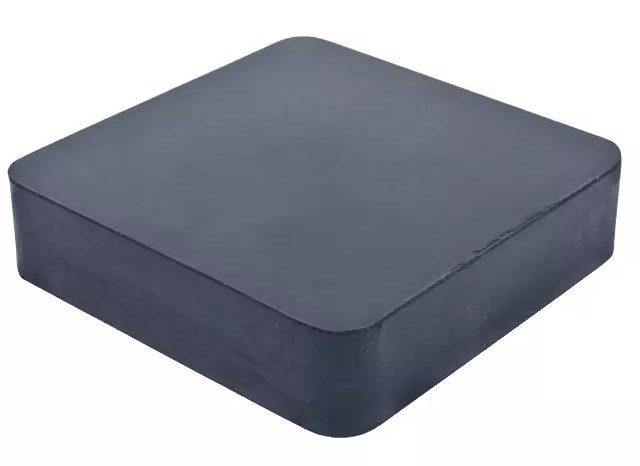
An alternative to using a rubber block is to use a piece of thick cloth in the same position or wrapped around the hammer’s head.
Any spare cloth lying around or even an old t-shirt would do. Usually, cotton tends to dampen sound better than silk or polyester.
Although thicker rubber or more folds or layers of cloth can dampen the hammering sounds, you may need to strike harder to get the nails in. Also, these dampening materials might not be ideal for hammering regularly.
If you use one, before striking the nails, strike a good balance in choosing the right material, thickness and weight. It must be light enough to handle safely and thick or dense enough to give adequate protection.
Method 5- Use a Floor Mat
Suppose you’re working on a movable object like a chair or table. In that case, you can hammer normally, i.e., using a metal hammer and without placing any dampening material in between, by using a floor mat.
Resting the object on a floor mat can dampen the vibrations transmitted by the floor. A large enough non-slip rubber mat is ideal, but old rugs or towels can be used instead. It can also dampen the sound if you accidentally drop your hammer!
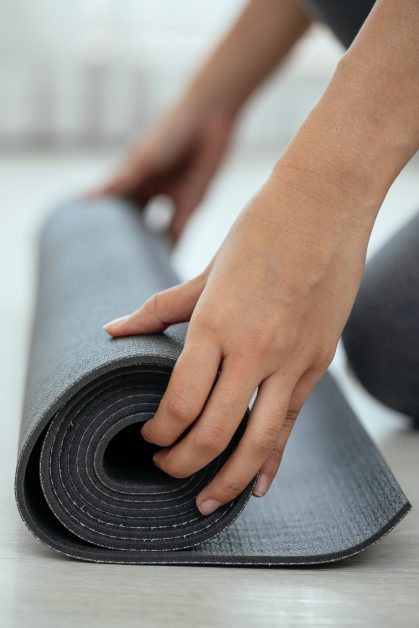
A floor mat can be combined with a small dampening material between the nail’s head and hammer.
This can potentially reduce noise significantly. However, a floor mat might be inconvenient if you keep repositioning the object.
Permanent Solutions
If you need to hammer constantly, it may be best to consider a permanent or longer-term solution.
One would be to relocate to a remote place with fewer people around and thus fewer chances of irritating others, or an industrial site with people used to loud noise and thus fewer chances of complaints.
If relocating is not an option, here are some great alternatives:
Method 6 – Use Screws Instead of Nails
Screwing takes longer and requires drilling holes first and wall plugs in walls, but otherwise, it is a less noisy alternative to using nails.
You don’t need to use a hammer; they also hold better. Nails give lateral strength, but screws give stronger joins. So if you have the time to drill holes, use screws instead of nails. If the wood is soft enough, you might not need to drill. Regardless, this method avoids hammering altogether, so if you need to hammer, there is another permanent solution: soundproofing.
Method 7 – Use Sound-Proofing Materials
Soundproofing can be very effective in reducing noise.
You can set up old rugs, carpets, or blankets or place recycled rubber tires around your workplace. Or, you can use acoustic ceiling tiles to limit air transmission of sounds or improve the insulation on your walls or in between the studs in stud walls. Watch out also for any gaps in your walls or windows. Fill them in to minimize sound transmission through the air. (1)
If the sound-proofing is good, you can create as much noise as possible to accomplish your tasks effectively without worrying about sound transmission.
You can combine two or more soundproofing options and/or use proper soundproof panels. They all have the advantage of allowing you to work regularly in your home, but like the other permanent solutions, they are costlier too. (2)
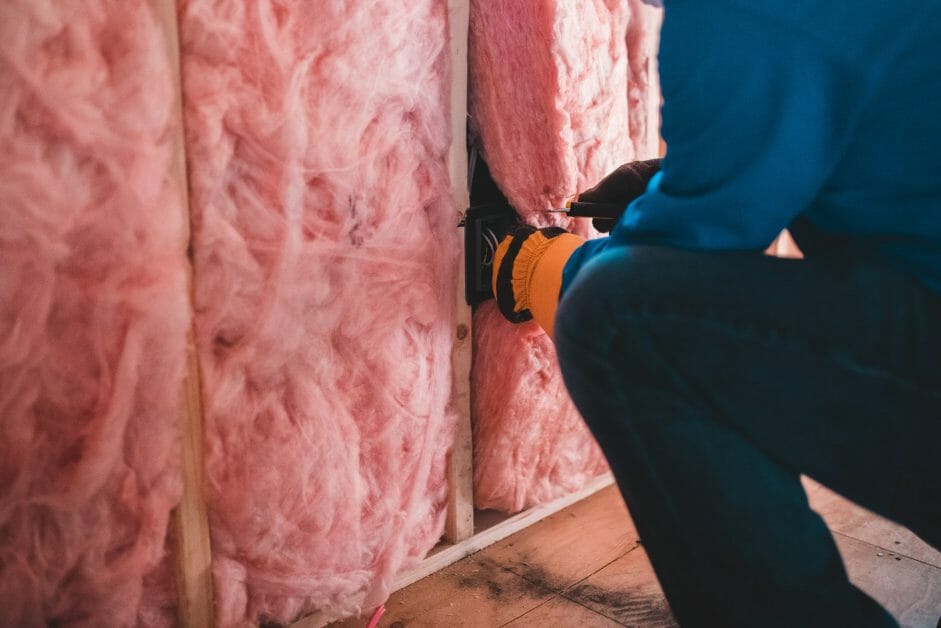
Take a look at some of our related articles below.
- What gauge wire for light fixture
- How to get nail out of wall without hammer
- Where are water hammer arrestors required
References
(1) rubber – https://www.britannica.com/science/rubber-chemical-compound
(2) soundproofing options – https://ph.rs-online.com/web/generalDisplay.html?id=ideas-and-advice/soundproofing-guide
